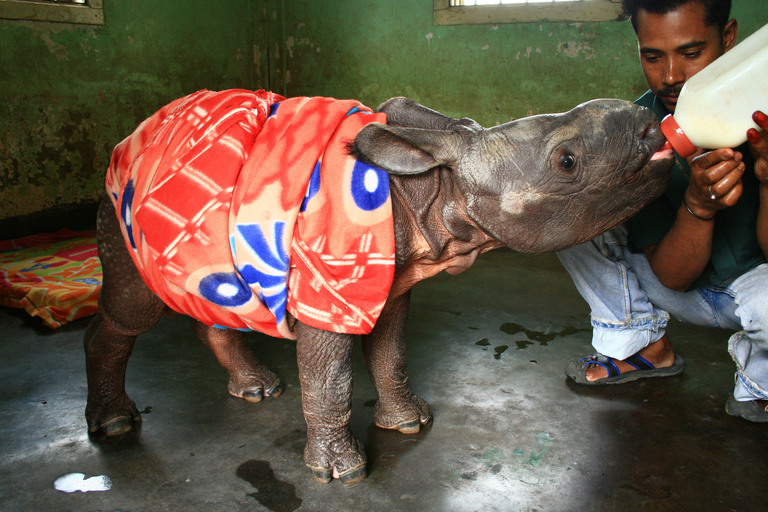How Burlington Wildlife Rescue is Making a Distinction in Our Community
How Burlington Wildlife Rescue is Making a Distinction in Our Community
Blog Article
Efficient Wild Animals Removal Methods for a Peaceful Home Atmosphere
In the quest of maintaining a tranquil living area, home owners often encounter the difficulty of wild animals invasions, which can disrupt the harmony of their atmosphere. Carrying out reliable wildlife removal strategies needs a nuanced understanding of both humane exclusion strategies and preventative procedures. By dealing with access factors and decreasing attractants, one can considerably reduce the probability of unwanted guests. However, the complexity of these strategies typically requires a better examination of specific techniques and the potential demand for professional treatment. What are the essential parts of these strategies, and when should one take into consideration seeking specialist support?
Identifying Common Wild Animals Intruders
Determining common wild animals trespassers is an important initial step in reliable wildlife monitoring. Understanding the certain types that frequently infiltrate household and commercial spaces allows residential or commercial property proprietors and wild animals experts to execute targeted methods for alleviating potential damage and health risks. Common burglars typically consist of raccoons, squirrels, bats, and different varieties of birds and rodents, each bringing special difficulties.
Bats, while valuable for regulating insect populations, can become a problem when they roost in attics, possibly spreading out conditions such as histoplasmosis. Birds, including sparrows and pigeons, commonly produce unhygienic problems with their droppings, leading to structural degradation and health worries - burlington animal control.
Humane Exemption Methods
Recognizing the common wildlife burglars is the foundation upon which reliable exemption approaches are developed. Recognizing species such as birds, raccoons, and squirrels helps in designing gentle exemption methods customized to details actions and access approaches. Exclusion is a preventative approach aimed at refuting wildlife accessibility to homes and residential properties, thus decreasing the demand for more intrusive actions.
The cornerstone of gentle exemption includes sealing possible entry factors. Additionally, ensuring that doors and windows are safe and secure, and that displays are intact, can additionally prevent access.
Installing ultrasonic devices or motion-activated lights can discourage nighttime wildlife. These exclusion techniques not just shield the home setting but additionally respect the wild animals, allowing them to flourish in their all-natural habitats without harm.
Safe Trapping Approaches
When exclusion techniques are inadequate, safe capturing techniques become a necessary option in wild animals management. Trapping, when executed appropriately, provides a humane and efficient methods of dealing with an instant wildlife trouble while ensuring marginal stress and injury to the pet. This approach needs an understanding of both the actions of the target types and the moral factors to consider included in wild animals handling.
These traps need to be examined frequently to avoid unnecessary tension or injury to the captured wildlife. It is important to comply with regional laws concerning capturing and moving to guarantee compliance with legal requirements and wild animals conservation principles.
Additionally, lure choice and placement are vital parts in making certain successful trapping. Bait should be selected based upon the nutritional choices of the target varieties and purposefully placed to draw the pet into the catch. Once trapped, the animal must be taken care of with care, utilizing protective equipment if necessary, to promote secure transportation and launch, consequently maintaining a peaceful home and a well balanced ecosystem atmosphere.
Precautionary Home Modifications
While safe capturing methods attend to immediate wildlife problems, long-term services frequently entail preventative home adjustments to deter pets from getting in human spaces. Applying these adjustments not only boosts the safety and comfort of your living atmosphere but additionally reduces the probability of future wild animals intrusions.
An essential facet of preventative strategies is securing possible entry factors. This includes checking and fixing any voids or fractures in the structure, walls, and roofing, as these can become access routes for wild animals. Setting up smokeshaft caps and repairing busted vents can stop birds, bats, and rats from acquiring entrance. Similarly, protecting doors and home windows with weather stripping and harmonize screens adds an added layer of defense.
Landscaping modifications can additionally function as effective deterrents. Trimming tree branches that overhang the roofing and removing particles heaps can get rid of paths and environments that attract wild animals. Keeping a tidy lawn by protecting garbage can and compost heap inhibits scavengers such as opossums and our website raccoons.

## When to Call Professionals
Expert treatment comes to be essential in circumstances where wildlife concerns surpass the extent of DIY solutions. Property owners might experience conditions where the complexity or danger of the wildlife issue necessitates specialist know-how. Dealing with aggressive pets such as snakes, raccoons, or bats usually needs customized abilities and tools to make certain safety and security and efficiency. Attempting to handle these animals without appropriate understanding can cause injury or aggravate the issue.
Moreover, problems involving protected or threatened species call for a nuanced approach to conform with legal guidelines. Experts are this page outfitted with the needed permits and understand the legal structures governing the handling of such species. This guarantees that removal is carried out ethically and within legal boundaries.

Last but not least, when wild animals presents a persistent problem regardless of repeated DIY efforts, professional solutions can supply detailed evaluation and long-lasting options tailored to avoid recurrence - wildlife rescue burlington. Their competence not just settles the immediate problem however additionally safeguards the home atmosphere in the future
Conclusion
Implementing reliable wildlife elimination techniques is vital for maintaining a serene home atmosphere. Recognizing typical wild animals trespassers and employing humane exemption techniques are fundamental steps. Safe trapping methods ensure the humane capture of persistent animals, while preventative home adjustments, such as securing entrance points and securing garbage bins, decrease future invasions. Consulting professionals is suggested for complicated circumstances that need competence. Together, these approaches create a harmonious living area devoid of wildlife disruptions.

These exclusion techniques not just shield the home environment yet likewise appreciate the wildlife, allowing them to flourish in their all-natural environments without harm.
Applying efficient wild animals removal strategies is necessary for maintaining a tranquil home environment.
Report this page